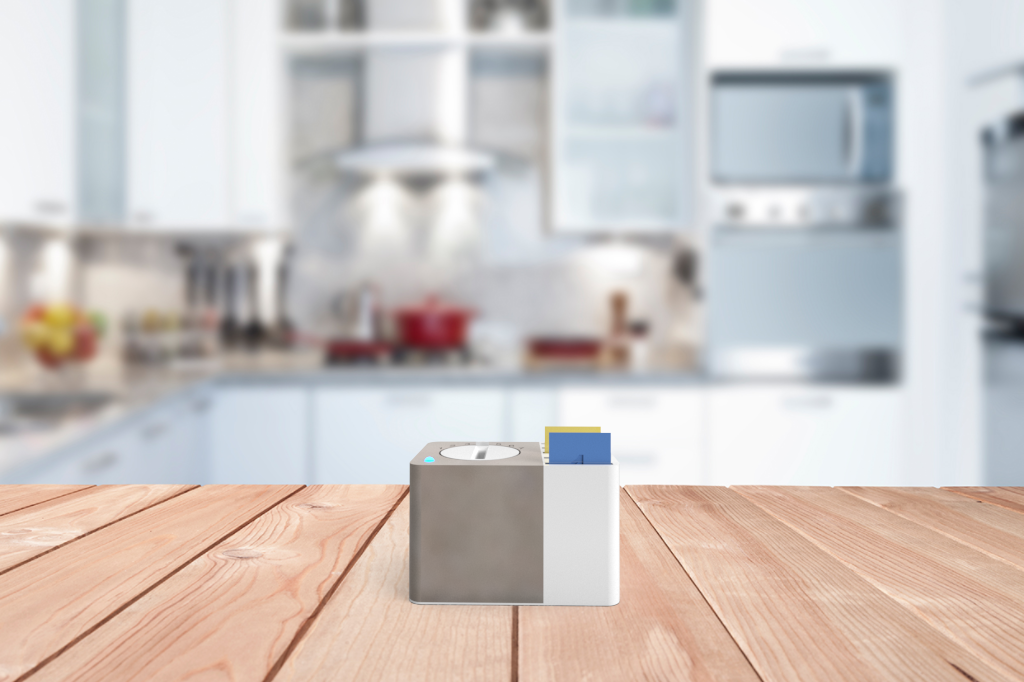
About Project.
This project was part of MEMSI (MIT Entrepreneurship and Maker Skills Integrator), a two week immersive bootcamp where students from MIT and Hong Kong were tasked to create a Hardware Product to address a viable customer need. The problem my team chose to tackle was Food Wastage. As University students we all had experiences where we were wasting food and feeling bad about it later.
My Role
The team was multidisciplinary with members having varying skill sets ranging from business, engineering to design. While my role wasn’t particularly defined, I worked mainly on UX Design of the Software Product and Android Application Development for the pitch day MVP.
“My Fridge is a blackhole. I'm always buying small amounts; forget what I have, and then stuff goes bad.”
- User Research Quote
Research

User Interviews
We conducted 2 rounds of basic interviews along with a detailed follow up interview by selecting a sample that represents different demographics.
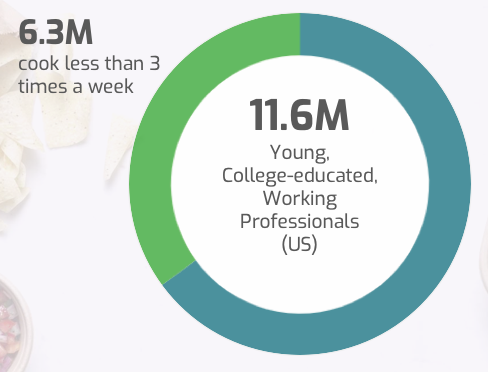
Market Research
Extensive online research was conducted to estimate market size and understand how prevelant the issue was in customer's minds.
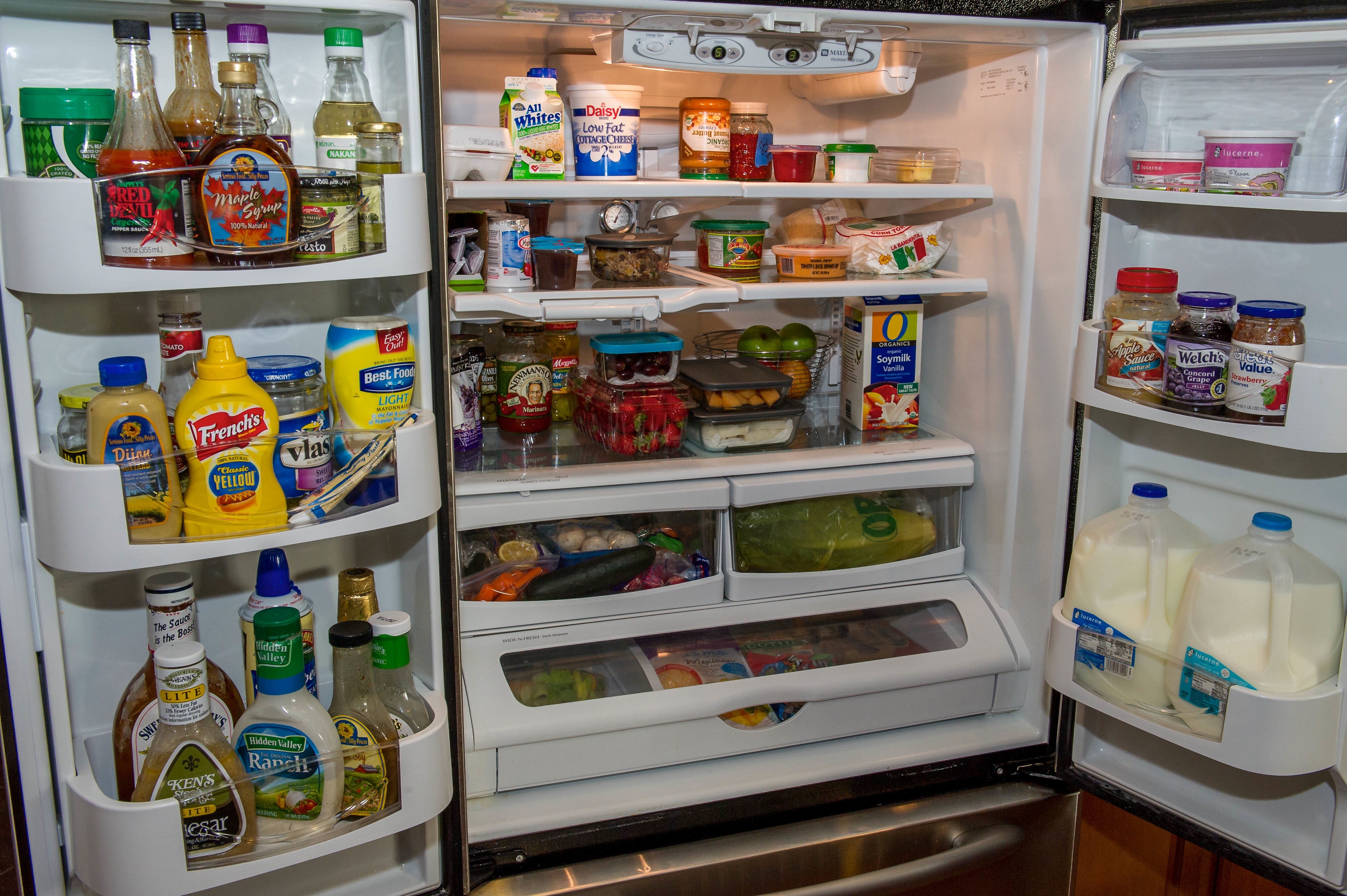
Fridge Study
We compared fridges in different settings to understand how usage differs for different segments of the population.
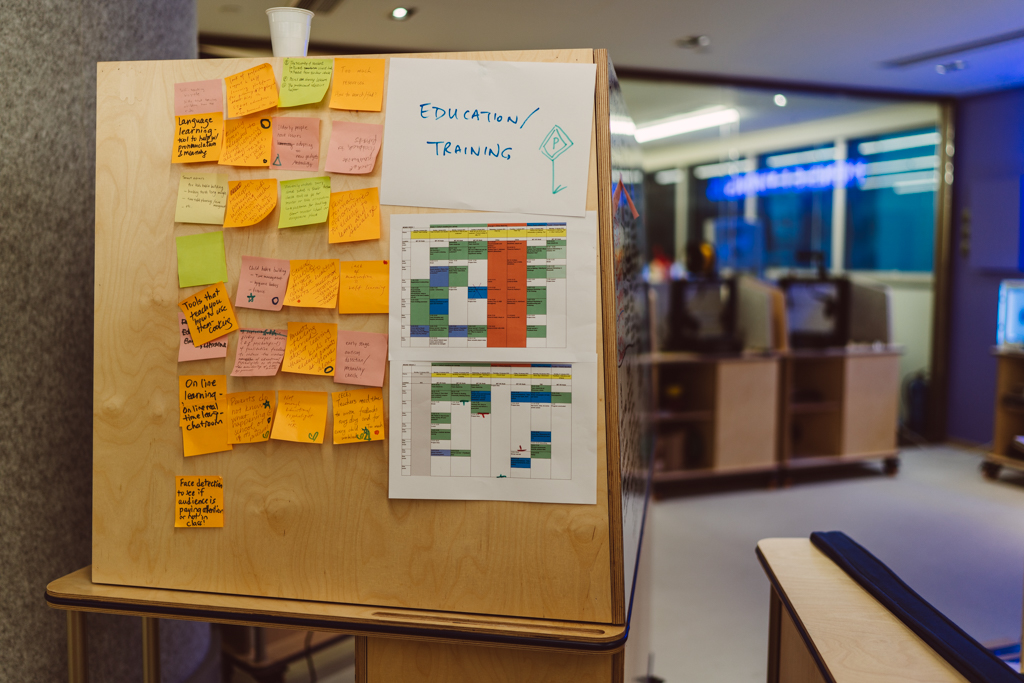
Card Sorting
To categorise our ideas into extremely useful, not useful and somewhat useful, we conducted card sorting activities with a set of sample users.
Observation
Key Customer Traits
After rounds of user research some common problems in our customers could be found
cook sporadically because
a) Grocery store is far
a) Inconsistent Schedule
c) leftover food
Can't manage food waste because
a) Irresponsible
b) Busy
c) Forgetful
Feels bad about wastage due to
a) Care about environment (preferable)
b) Economical Value of food
Fridge Analyisis

Communal
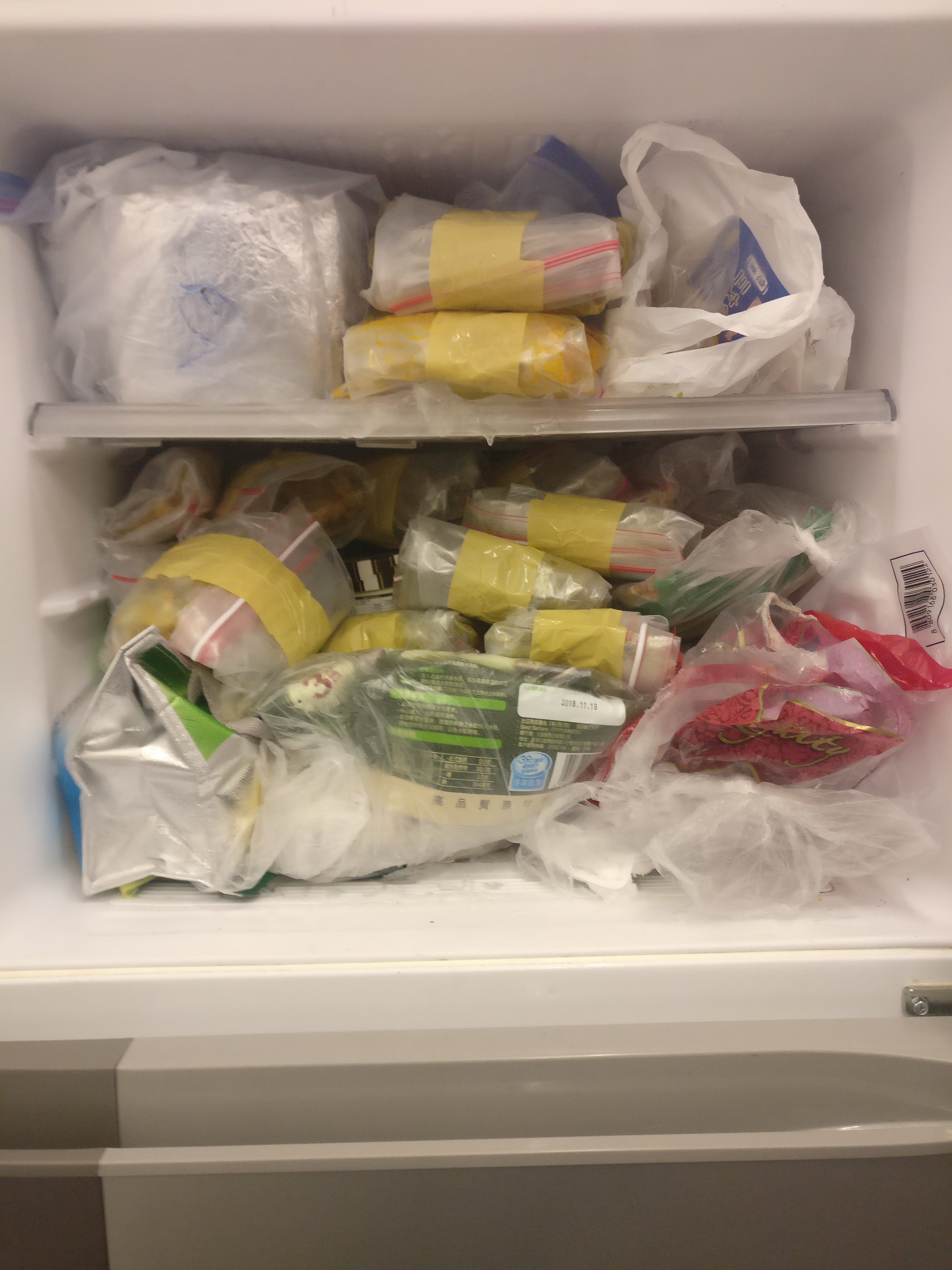
Individual
Communal Fridges were well maintained when there was clear distinction between compartments for each room or fridge owner. However individual fridges were not well maintained as the least used items started to disappear to the back of the fridge.
Market Segmentation
| College Student | Recent Graduate (24-28) | Professionals (28-35) | Families | ||||||
|---|---|---|---|---|---|---|---|---|---|
| Communal | Communal | Non-Communal | Communal | Partner | Alone | Single Earner | Both Earners | with Children | |
| Early Adopters | 4 | 5 | 5 | 4 | 3 | 4 | 2 | 2 | 1 |
| Cooking Frequency | 2 times | 4-5 times | 2 times | 2 times | 4-5 times | 5-6 times | 2-3 times | 2-3 times | 4-5 times |
| Busy/Lazy | 5 | 4 | 4 | 3 | 3 | 2 | 4 | 5 | 4 |
| Remorseful | 4 | 3 | 4 | 2 | 2 | 3 | 2 | 2 | 2 |
| Purchasing Power | $1 | $1.5 | $2 | $3.5 | $3.5 | $3 | $4 | $4.5 | $4.5 |
User Personna

Problem Storyboard
Iteration 1
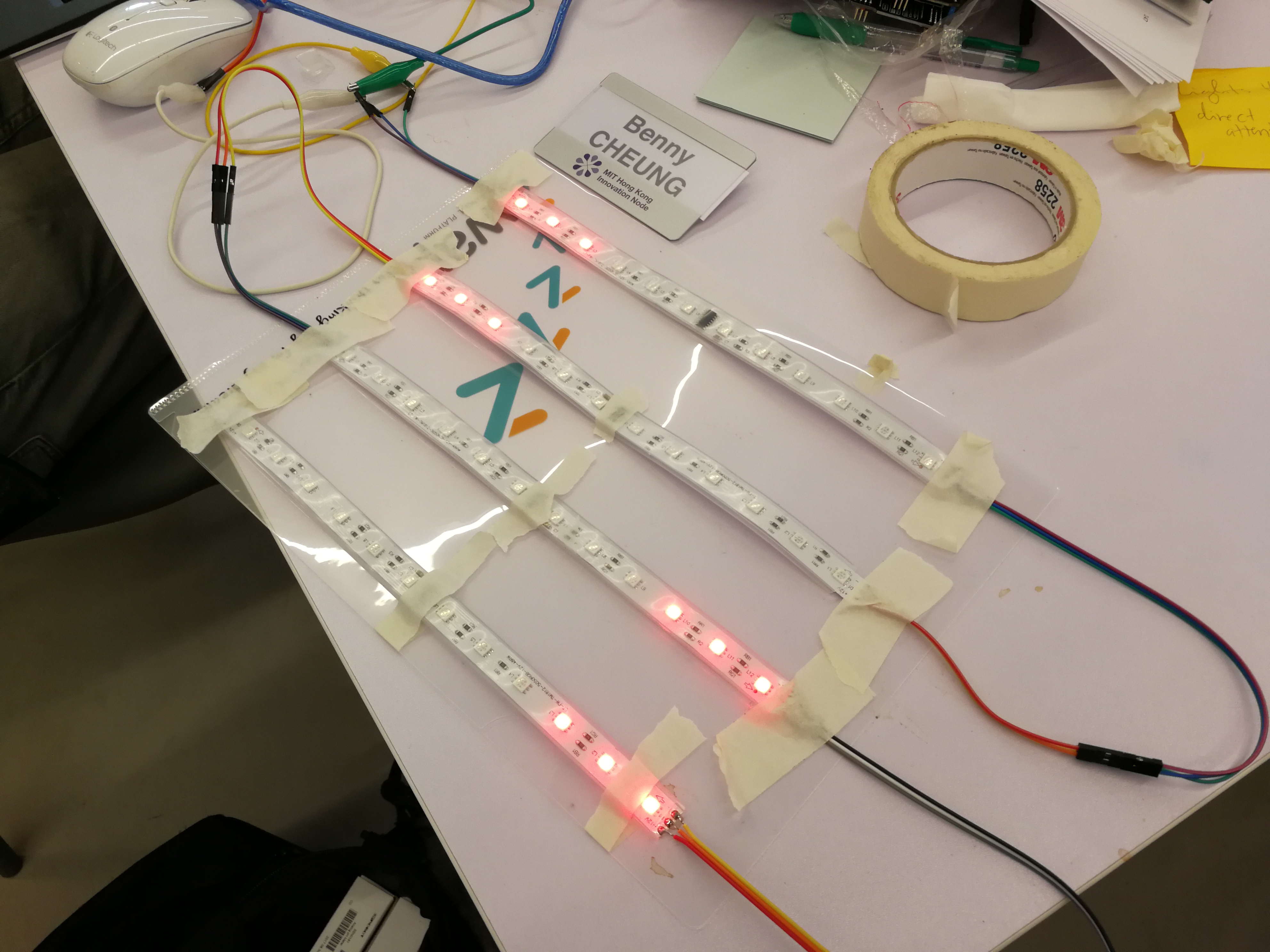
The first prototype involved pressure density sensors and LED Lights. Whenever a food item was placed the sensors would record its position and the phone application would ask the user to label the item with an expiry date. The software would remind the user to eat the food item based on how long it is kept inside the fridge (detected by the sensors) such that food is consumed before expiry leading to less wastge. The lights would turn red around the food item which is about to expire such that the user can see what he should eat as soon as he/she opens the fridge.
Feedback
Melinda Says:
"Though I like the idea but this would not work for all fridge sizes, moreover I stack items on top of each other which means it will be hard for the system to treat it as a single item."
Designs
Elements of Design
 >
>
Hardware Prototypes

Software Prototypes
The app screen shows the time left on each tag such that the user can consume the item on time. The tag is displayed by color if not labelled, hence the user can rely on his own memory of what item he tagged as which color.


The user can set specific names for the tags or categorise them according to his/her needs.

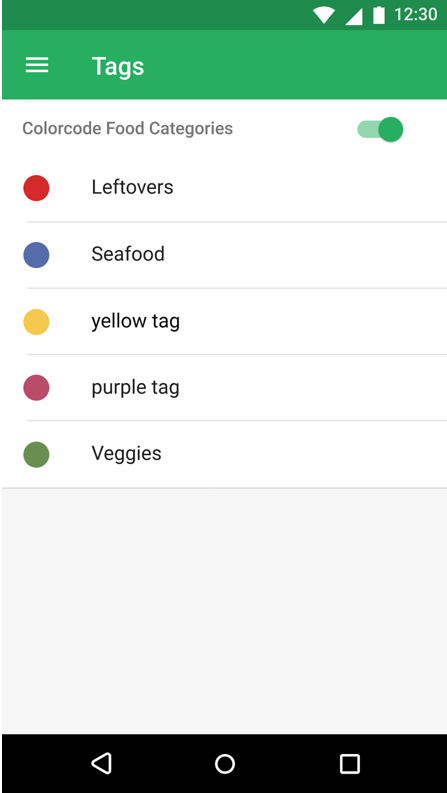

The app sends fun push notifications reminding the user to finish their food on time.



The app also provides a history view to show the user how good he/she has become at saving food items along with achievement badges to celebrate reducing food wastage.
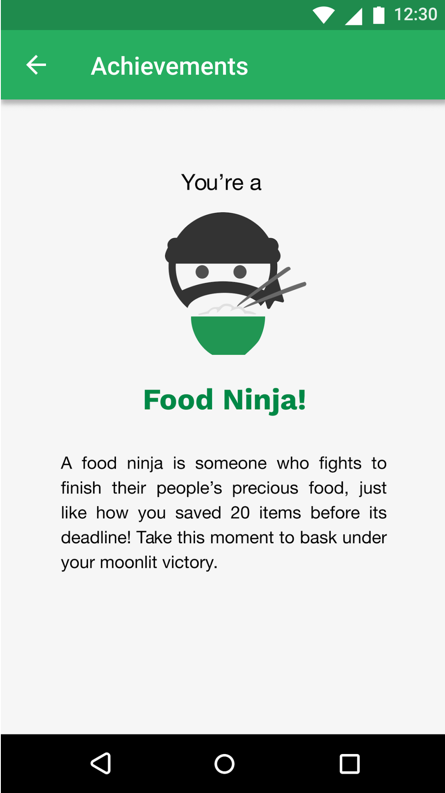
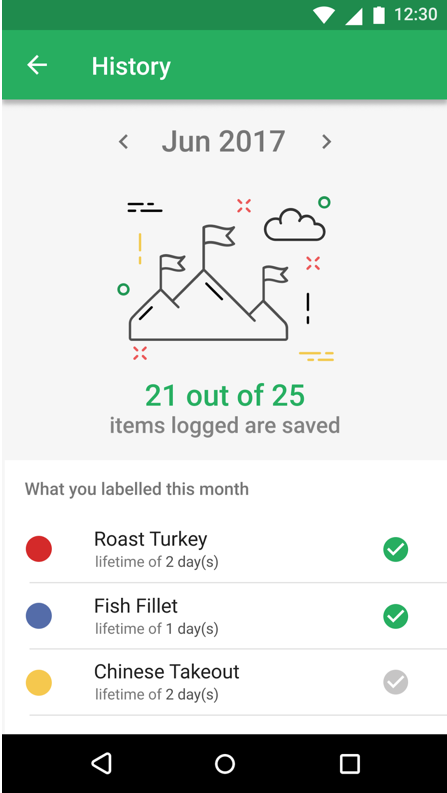

The team won the jury award at the final showcase pitch

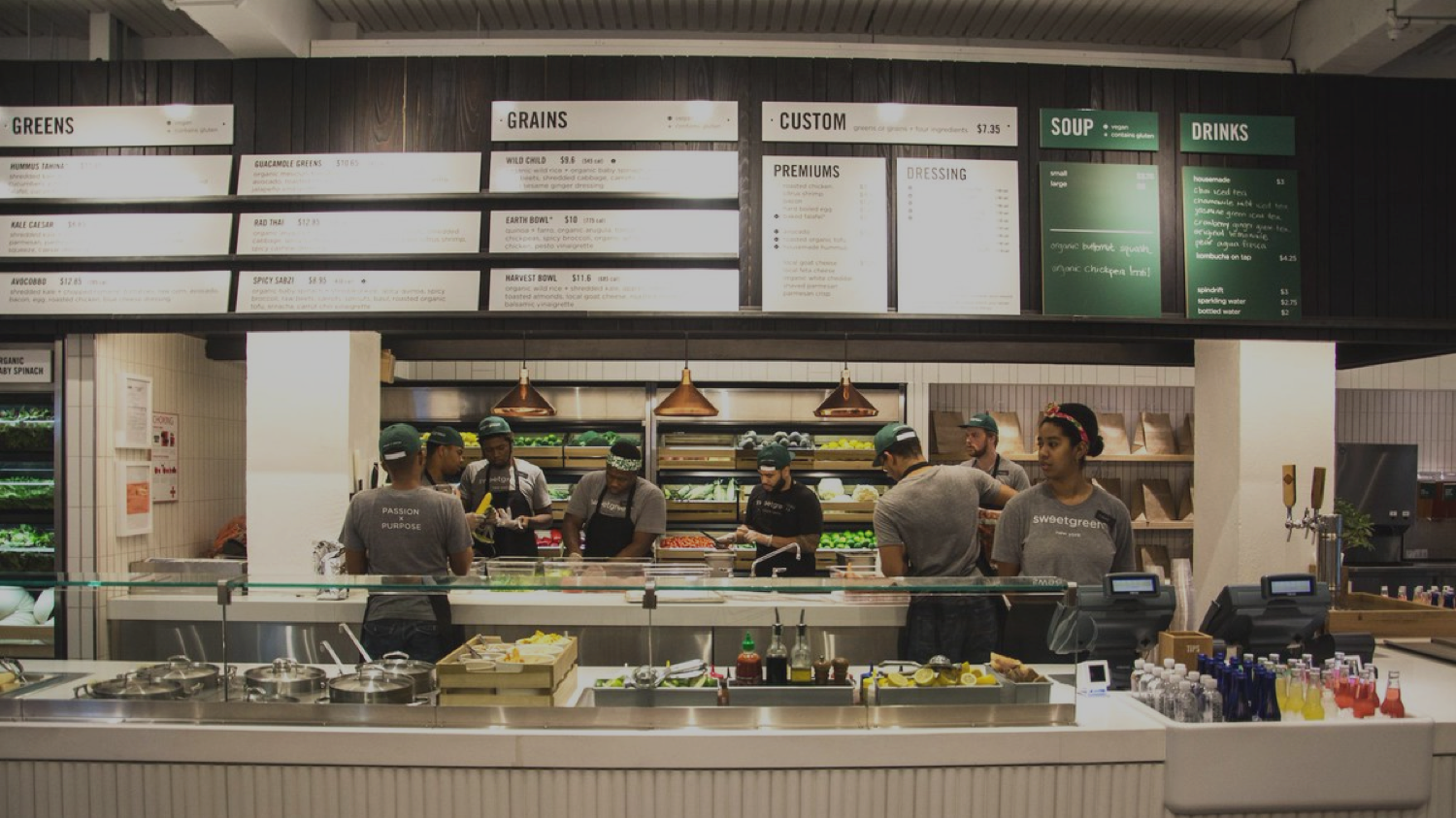
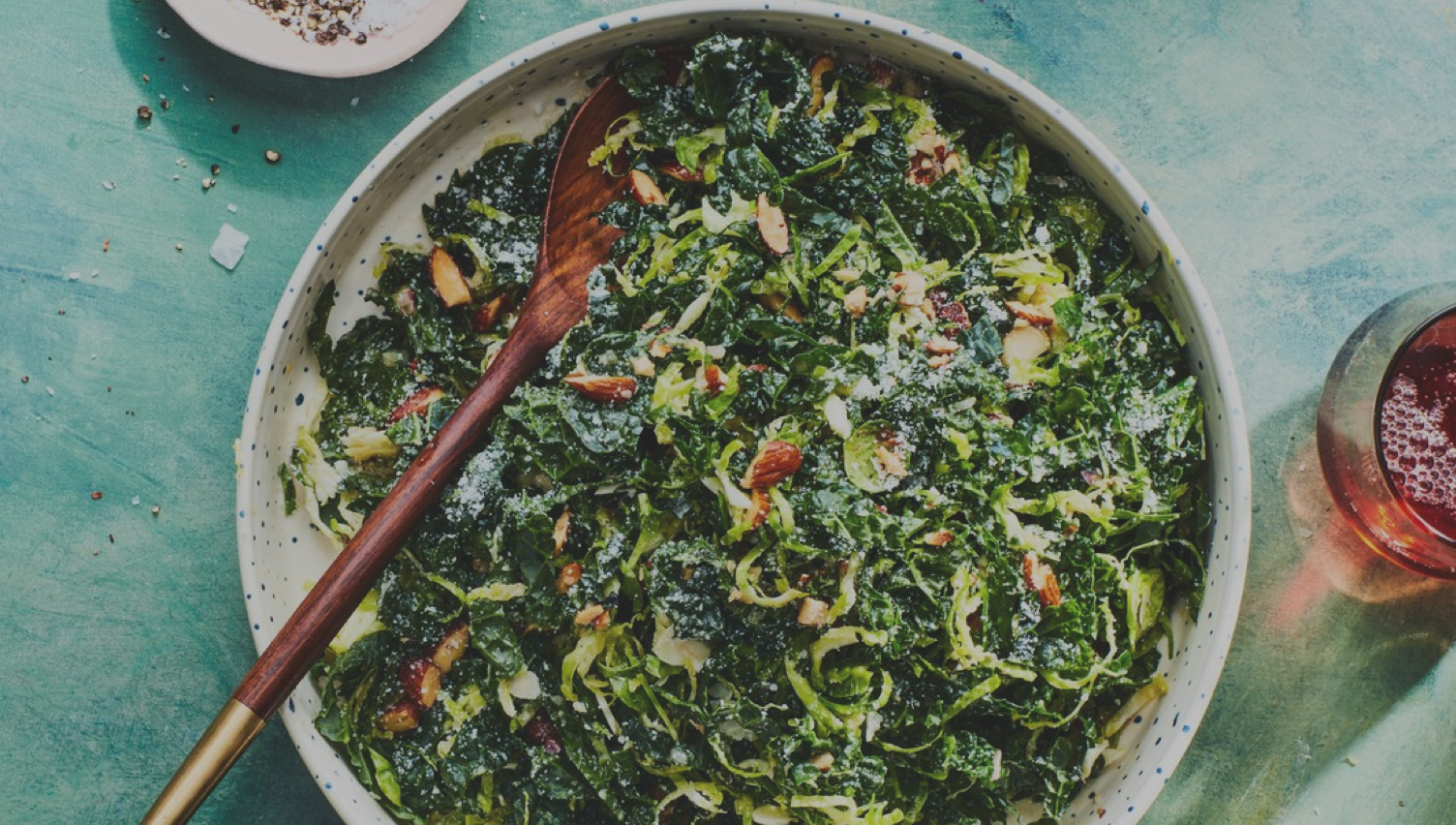
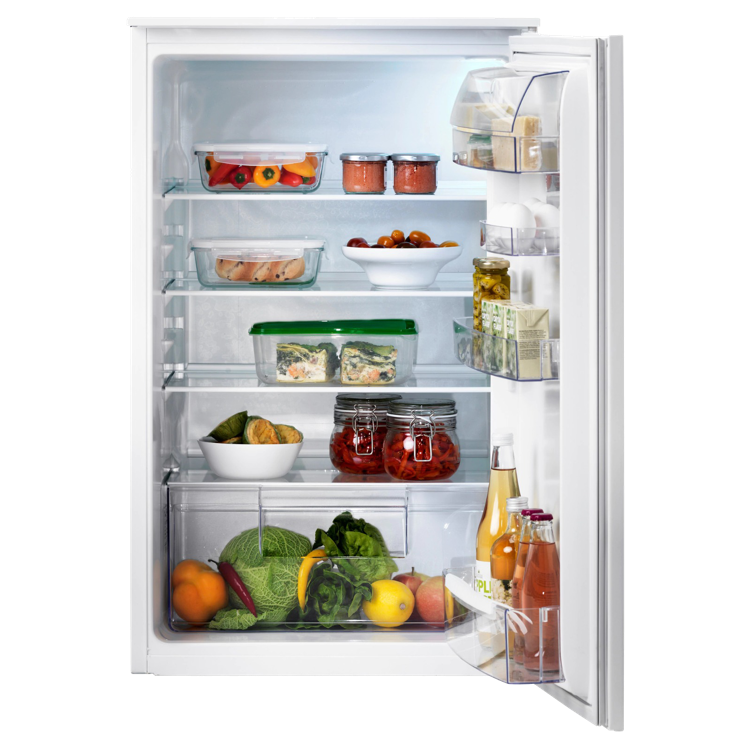

Jacob Says:
"I usually don't keep the food item back at the same place, it would be very hard for me to remember location each time I pick it up. Plus I don't want to keep on entering the expiry date for every item I put in, plus I'll have to use my phone every time I open the fridge."